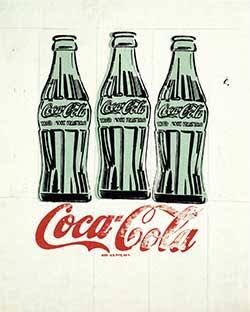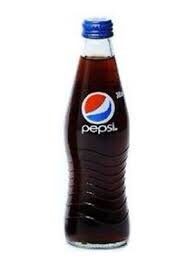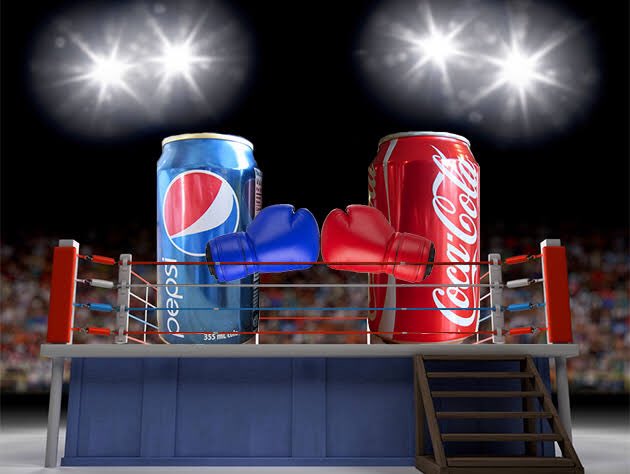
Its #IPThursday again good people! This was one also requested a lot. Its the story of how the Polo you wear in South Africa is fake. Well maybe fake is harsh..... just not from the original company. 

Meet Ralph, Ralph Lifshitz, or as we have come to know him, Ralph Lauren. Ralph was born and raised New York City, the youngest of 4 kids and your typical last born. 

In his college years, Ralph pursued a career in business but he dropped out after two years, something only a last born would dare try to do.
Anyways, after a short stint in the US army, he decided to pursue a career in Sales, clothing sales to be specific. He got a job at a clothing company called Beau Brummell. It was here where hw found his passion....making clothes.
Sidenote: Imagine telling your African parent you’re dropping out of school to go make clothes....as a guy. 😭😭😭😭😭
In 1968, at the age of 28, Ralph convinced the president of the company he was working for to let him start his own line of clothing. And so he did! Soon after, the Ralph Lauren Corporation was born. 

He created his own Men’s line of clothing in the same year. He had a huge interest in sport and so decided to name his clothing line after a sport....”Polo”. He also released the signature Polo shirt, which has the Polo player logo on the chest. All this will be NB later. 

Within a few years, his brand grew and he started making Polo clothing for women, fragrance and cologne. It is now one of the most recognisable brands in the world. It is mainly for the rich and people that wear Polo will never not mention it....well in South Africa at least. 

The Polo brand is very famous in South Africa. It arguably the most famous of all “high-end” brands. However, Ralph Lauren does not trade in South Africa. Yea blew my mind too!
To understand how this happened we need to go back to the 70s, when Ralph Lauren was still growing the Polo brand. This was during the height of apartheid and South Africa was under trade sanctions. There were boycotts from all angles! 

Many SA businesses decided to take advantage of this. If the famous brands weren’t going to set up shop in SA, they would do that themselves. Remember how George Sombonos stole the McDonalds trade marks? Well exactly like that! 

A company known as the LA Group decided to start selling Polo branded clothing in 1979. They didn’t just steal it like Sombonos did with McDonald’s though, but they got into an agreement with Ralph Lauren. 

The agreement said that they could use the Polo trade marks but under one condition....The man on the Polo SA logo had to face the other way. Yes! The Original Ralph Lauren Polo faces left, while the SA knock-off faces right....You might just wanna check your Polo shirts folks👀.
Anyways, this arrangement worked well during apartheid and when Ralph Lauren was still an upcoming brand. However, things changed after 1994. For starters, apartheid has ended and today, Ralph Lauren is one of the biggest brands in the world, valued at billions of dollars.
As I’m sure we all know, SA is a big market for international brands and why not, if you’ve ever watched “I blew it”, you know that this country has a wild spending culture! 😂😂😂 Anyways, this is to say that Ralph Lauren wanted back in the SA market.
But they couldn’t, because Polo SA had registered trade marks for the name and logo in SA. If ever Ralph Lauren tried to enter the SA market, they would be hit by a lawsuit quicker than you you can say Polo.
Ralph Lauren tried to do what McDonald’s had done in 1996, argue that they are well known and they should be allowed to setup shop in SA. This didn’t work, I think the agreement they had didn’t help their case. This is why you shouldn’t just sign anything kids.
Since then, Ralph Lauren has been looking at ways of sneaking into the SA market, which brings us to our actual dispute. One which they were not actually part of but may have benefited the most.
• • •
Missing some Tweet in this thread? You can try to
force a refresh
















